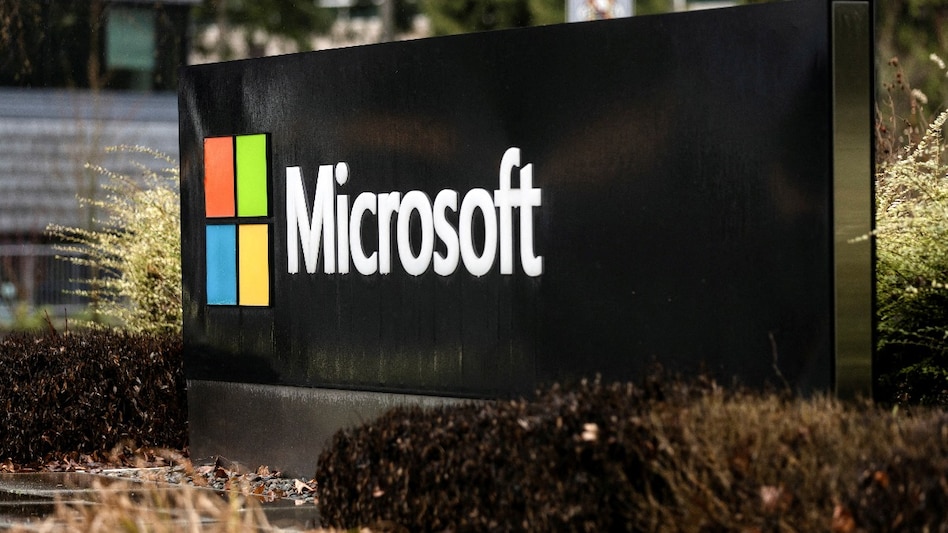In a significant disruption that affected users worldwide, Microsoft experienced a severe outage on July 19, 2024. The incident, which led to numerous reports of the infamous "Blue Screen of Death" (BSOD) across various systems, has raised questions about the underlying causes and the role of third-party services. A central figure in this scenario has been CrowdStrike, a prominent cybersecurity firm. This blog delves into the details of the Microsoft outage, the role of CrowdStrike, and the broader implications for cybersecurity and IT infrastructure.
The Outage: A Global Disruption
On July 19, 2024, Microsoft services were hit by a significant outage, causing widespread disruption for users across the globe. The outage was marked by frequent occurrences of the Blue Screen of Death, a critical system error screen typically indicating a serious problem with the operating system or hardware. The BSOD errors led to halted operations, disrupted workflows, and heightened concerns among businesses and individual users alike.
The issue affected a broad range of Microsoft services, including Windows operating systems, Office applications, and cloud-based solutions such as Azure. The scale of the disruption underscored the critical reliance of modern businesses and individuals on Microsoft’s ecosystem for daily operations and productivity.
CrowdStrike's Involvement: An Overview
CrowdStrike, known for its advanced cybersecurity solutions, has been identified as a key player in the context of this outage. The company's Falcon platform is widely used for endpoint protection, threat intelligence, and incident response. The involvement of CrowdStrike in this incident has brought the firm under scrutiny, particularly regarding its role in the BSOD occurrences.
According to reports, the CrowdStrike Falcon agent, which is deployed on numerous endpoints to provide real-time threat detection and response, was implicated in the outage. The BSOD errors were linked to a conflict or malfunction involving the CrowdStrike agent, which led to critical system failures across affected devices.
Technical Analysis: How Did It Happen?
The specific technical details of the outage indicate that the CrowdStrike Falcon agent may have experienced a compatibility issue or a bug that triggered the Blue Screen of Death. The Falcon agent is designed to operate at a low level within the operating system to monitor and protect against threats. However, if the agent encounters an issue or conflict with the system's core processes, it can lead to critical errors such as the BSOD.
In this case, the exact nature of the conflict between the CrowdStrike agent and the Windows operating system or other software components is still under investigation. The immediate response from CrowdStrike and Microsoft involved analyzing logs, performing diagnostics, and deploying patches to mitigate the issue and restore normal functionality.
CrowdStrike's Response: Addressing the Issue
In response to the outage, CrowdStrike issued a statement acknowledging the problem and outlining the steps being taken to resolve it. The company emphasized its commitment to addressing the issue promptly and minimizing the impact on affected users. CrowdStrike's technical team worked closely with Microsoft to identify the root cause and implement corrective measures.
The company's proactive approach included releasing updates and patches for the Falcon agent to resolve the compatibility issues and prevent future occurrences. Additionally, CrowdStrike has been providing support to affected users, assisting them in troubleshooting and restoring normal operations.
Implications for Cybersecurity and IT Infrastructure
The incident highlights several critical aspects of cybersecurity and IT infrastructure management:
Importance of Compatibility Testing: The outage underscores the need for rigorous compatibility testing of cybersecurity solutions with various operating systems and software environments. Ensuring that security tools do not interfere with system stability is crucial for maintaining operational continuity.
Vendor Collaboration: The resolution of such issues often requires close collaboration between vendors. The partnership between CrowdStrike and Microsoft was essential in addressing the problem swiftly and minimizing downtime.
Incident Response Preparedness: The incident reinforces the importance of having robust incident response plans in place. Organizations must be prepared to handle disruptions, including those arising from third-party software conflicts.
Communication and Transparency: Effective communication and transparency are vital during such incidents. Both CrowdStrike and Microsoft were instrumental in providing timely updates and guidance to affected users, which helped manage the situation and build trust.
Looking Ahead: Lessons Learned and Future Considerations
As the situation stabilizes and normal operations are restored, several lessons can be drawn from this incident:
Enhanced Testing Protocols: Cybersecurity firms and software vendors should review and enhance their testing protocols to identify potential issues before they impact end-users.
Strengthened Vendor Relationships: Strengthening relationships and communication channels between cybersecurity providers and major technology platforms can improve the responsiveness and effectiveness of incident management.
User Education: Educating users about potential issues and providing clear instructions on how to respond during such incidents can help mitigate the impact and facilitate quicker recovery.
Conclusion
The Microsoft outage of July 19, 2024, involving widespread Blue Screen of Death errors, has drawn significant attention to the role of CrowdStrike and its Falcon platform. While the incident has caused considerable disruption, it also provides valuable insights into the complexities of managing cybersecurity solutions and their interactions with operating systems.
As the industry moves forward, the focus will be on learning from this experience to enhance system reliability, improve compatibility testing, and ensure that cybersecurity tools contribute to, rather than hinder, operational stability. The collaborative efforts between CrowdStrike and Microsoft in resolving the issue serve as a reminder of the importance of resilience and adaptability in the ever-evolving landscape of technology and cybersecurity.

Comments
Post a Comment